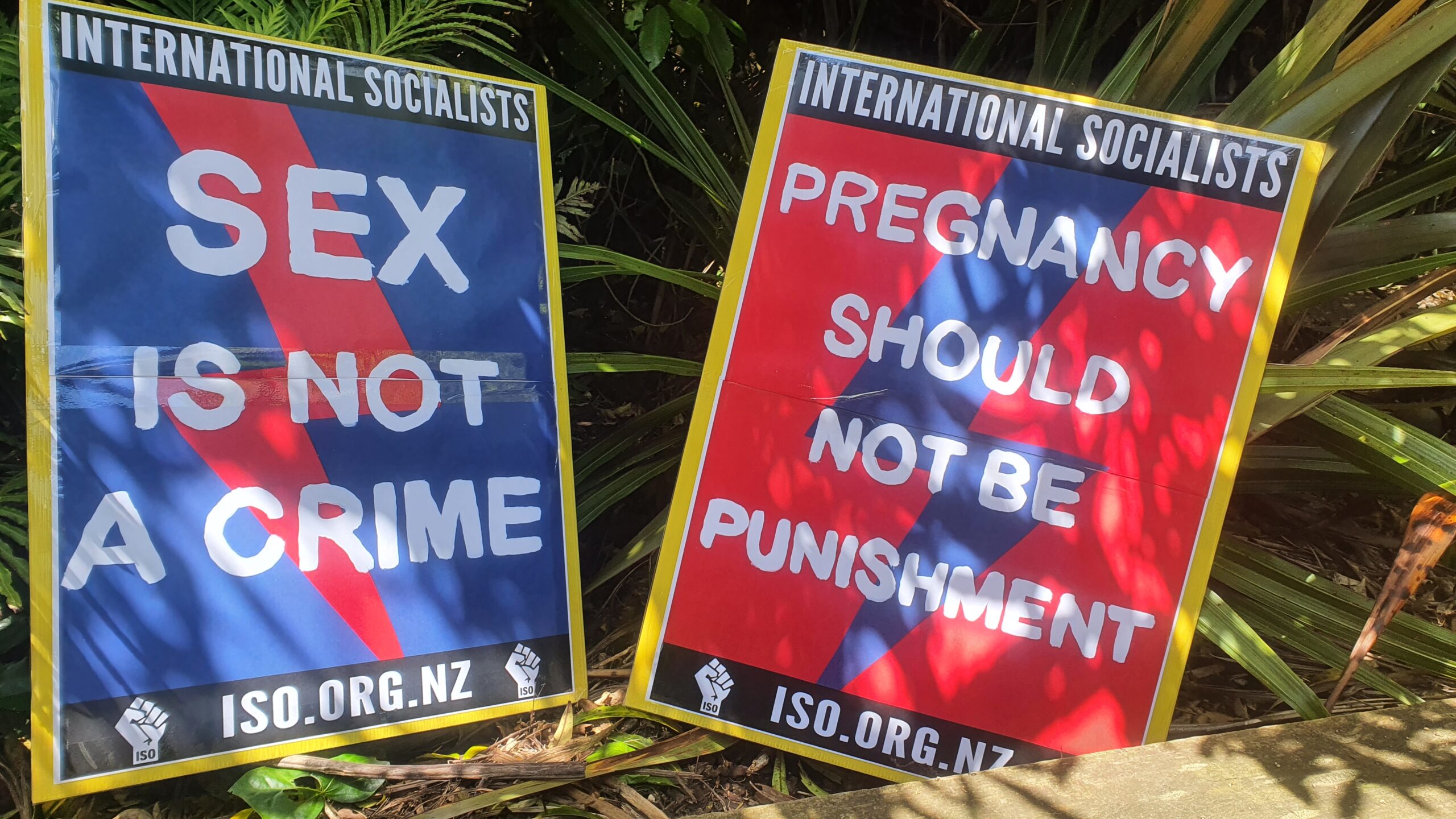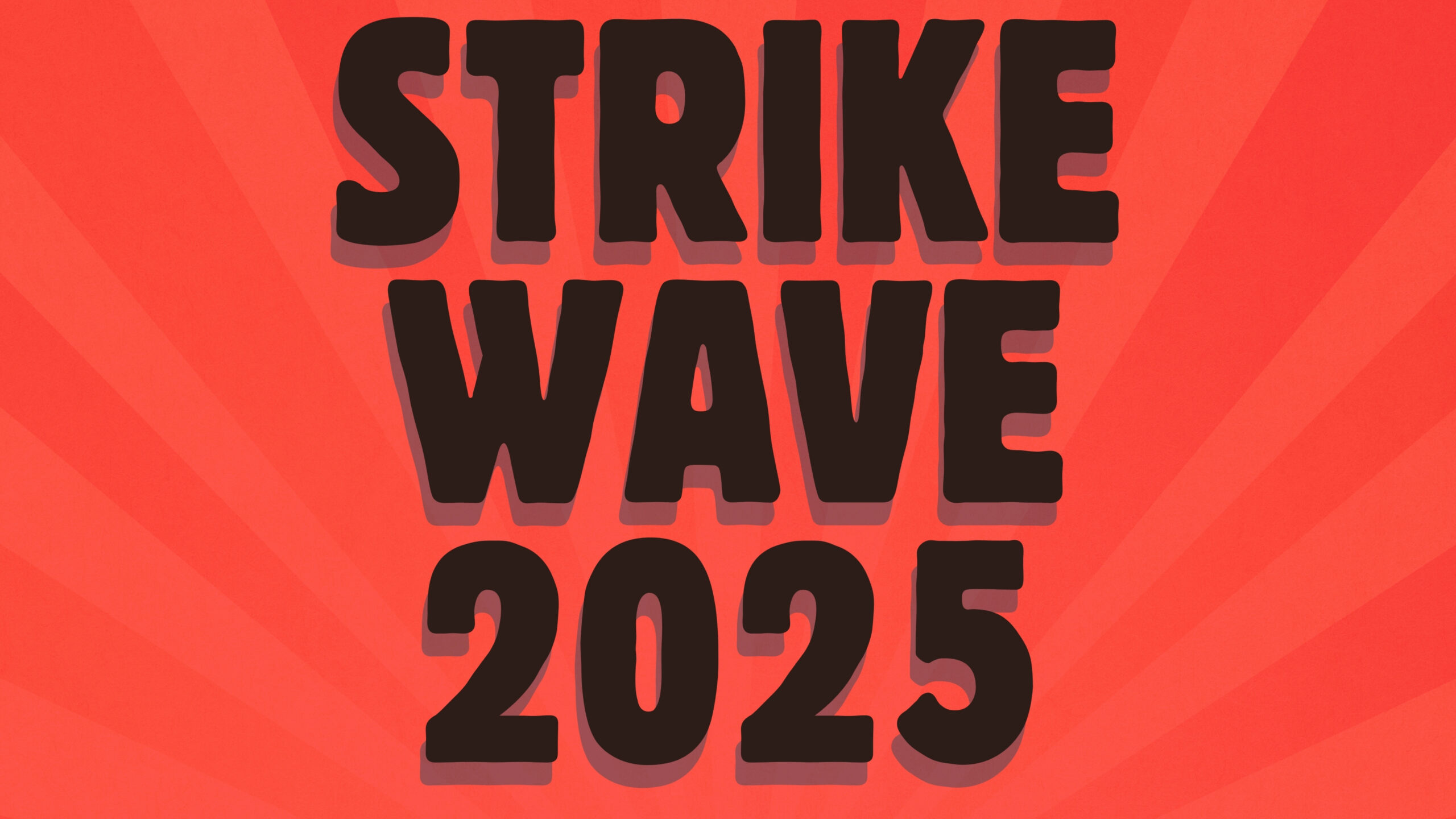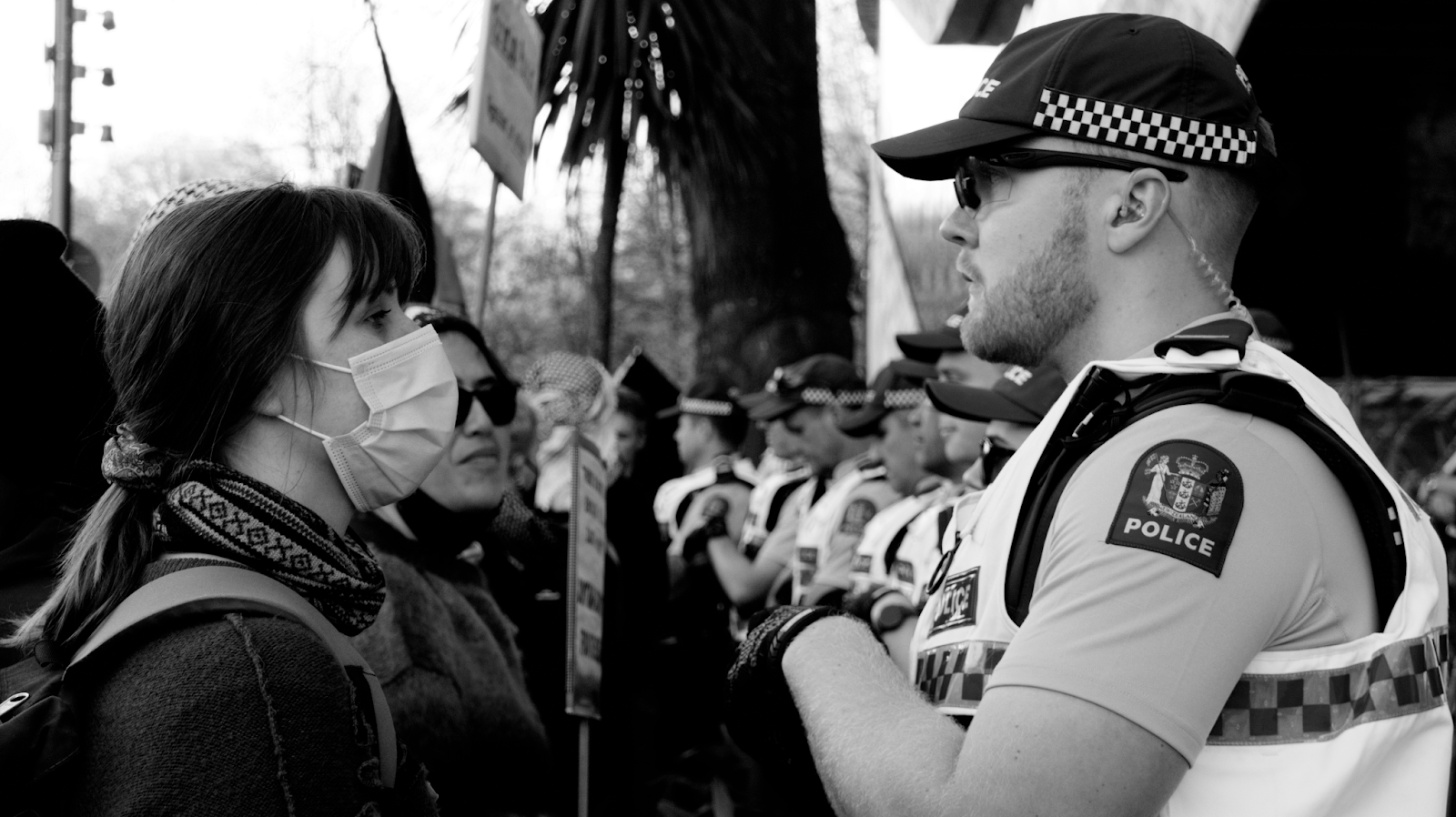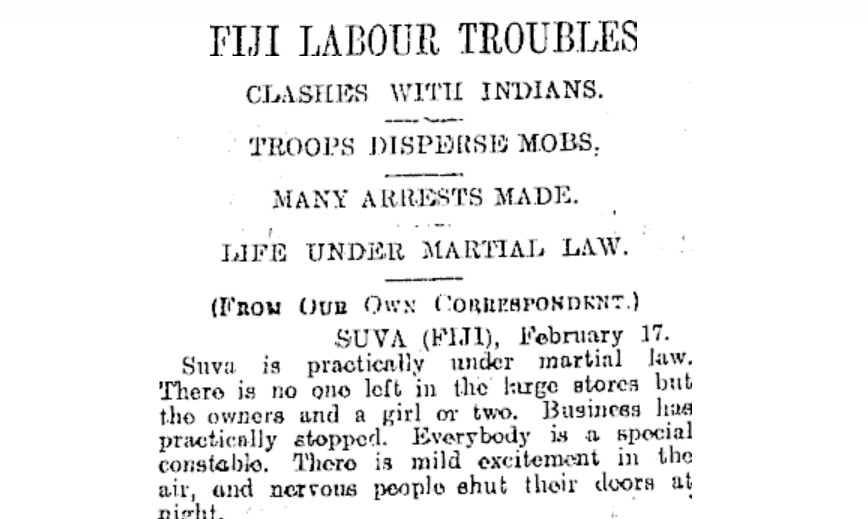13 forestry workers have died in work related accidents in the past 3 years, 30 in the last 6 years. Just to put this in perspective the death rate in the UK forestry industry is 10.4 per 100,000 workers and in NZ 343 per 100,000. Some bosses blame workers drug use and call for increased drug testing but there no amount of excuses can justify this outrageous number of fatalities. We need explanations, and the forestry bosses need to be held to account for all these needless deaths.
The latest death of Reece Joseph Reid, a 23 year old, has sparked off criticism from the Council of Trade Unoins about the health and safety standards in this industry. This industry has had some of the highest death rates and some of the most appalling working conditions for many years. Only now after this public criticism is the government trying to make feeble attempts to smooth out the situation by announcing new safety codes. The Minister of Labour had set a target of reducing workplace deaths and serious injuries by at least 25 per cent by 2020. But this is meaningless as the codes will do nothing to decrease the amounts of deaths on the workplace but will in fact put more blame on the workers for ‘failing to comply to regulations’ rather than on the industries failure to provide sufficient staff, decent working hours, better training and wages.
Helen Kelly, President of the CTU stated that “By promulgating these standards in the manner that they’re written, they’re basically now complicit in the dangerous practices in the forestry industry. The repeated claims by employers and owners that the industry is safe show they have no intention of improving. They are absolutely blind to the risk.”
The fact that the high accident and death rate in this industry has been going on for years with nothing being done about it goes to show where the bosses’ interests lie. And it’s not with workers’ lives and well-being. In the last 30 years we have also seen the rise of so called bosses’/workers’ “partnerships”. But how can there ever be a partnership between two classes who have completely different interests? How can you have bosses, who are looking to increase profit in any way they can, also advocating for the best possible way to keep workers safe, no matter what the cost? The answer is you can’t. The partnership model is a fraud and has lead to the forestry industry being the most dangerous in New Zealand.
Since the 1991 Employment Contract Act New Zealand has seen the destruction of the rank and file in unions and with it the rise of longer hours, lower pay and increased fatality. You are now twice as likely to die due to a workplace accident in New Zealand as you are in Australia.
The forestry workers were once at the front of the Union movement, striking for higher pay and better conditions. So what happened to the fighting workers? There has been a sharp increase in the amount of contractors brought in and a decline in union membership. A fighting rank and file movement has been basically non-existent with last year having one of the lowest strike rates in New Zealand history. The defeat of militant workers has meant that strikes have been defensive, holding back some of the major bosses assaults, but haven’t been pushing back for better wages and conditions. Without workers being able to stand up for their rights, the health and safety of workers has been cut back to increase profits.
By employing contractors as full-time, fully trained staff with the ability to join a union, then and only then will we see better health and safety in forestry. No amount of new codes and top-down regulations put in place will counteract the negligence of the capitalist bosses. Only the workers themselves can make the bosses listen by going on strike, hitting their employers where it hurts them the most, in the pocket.









